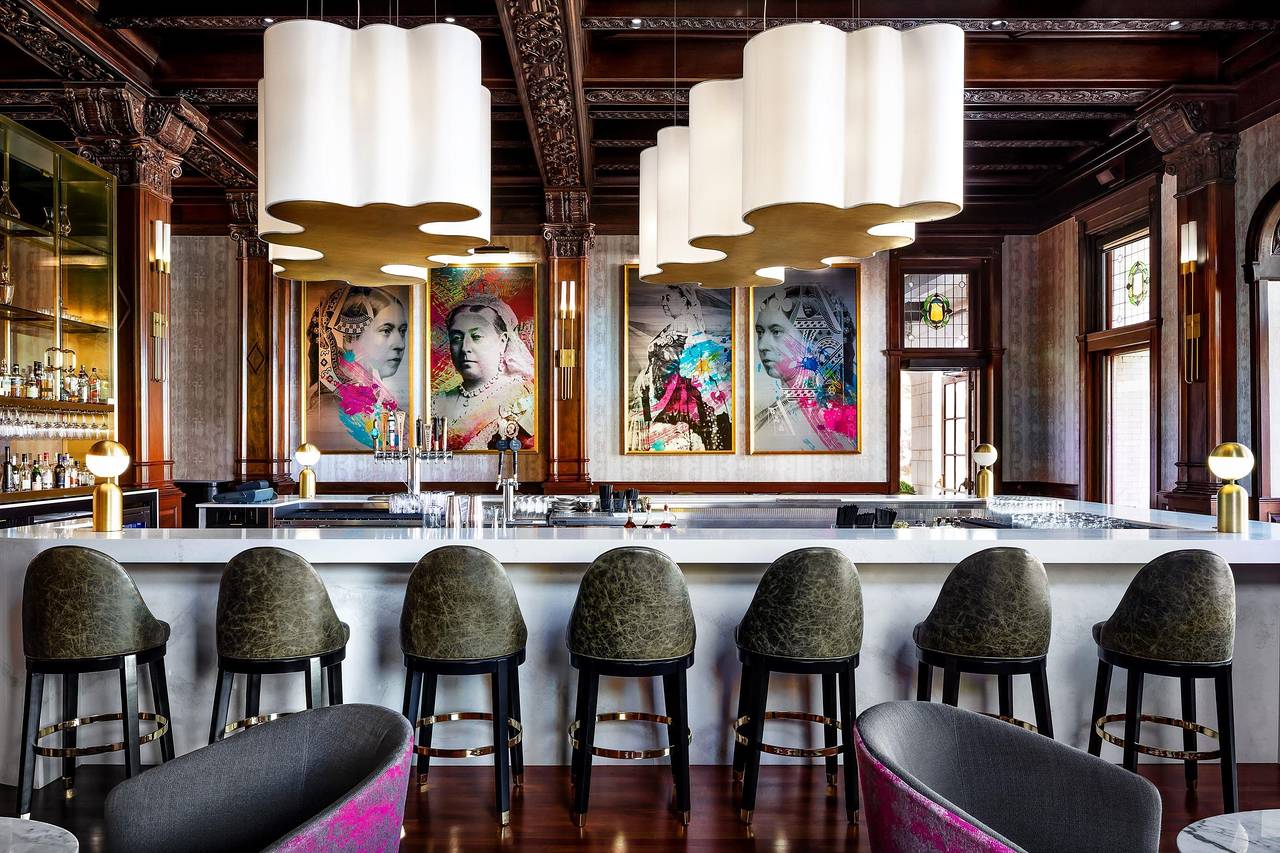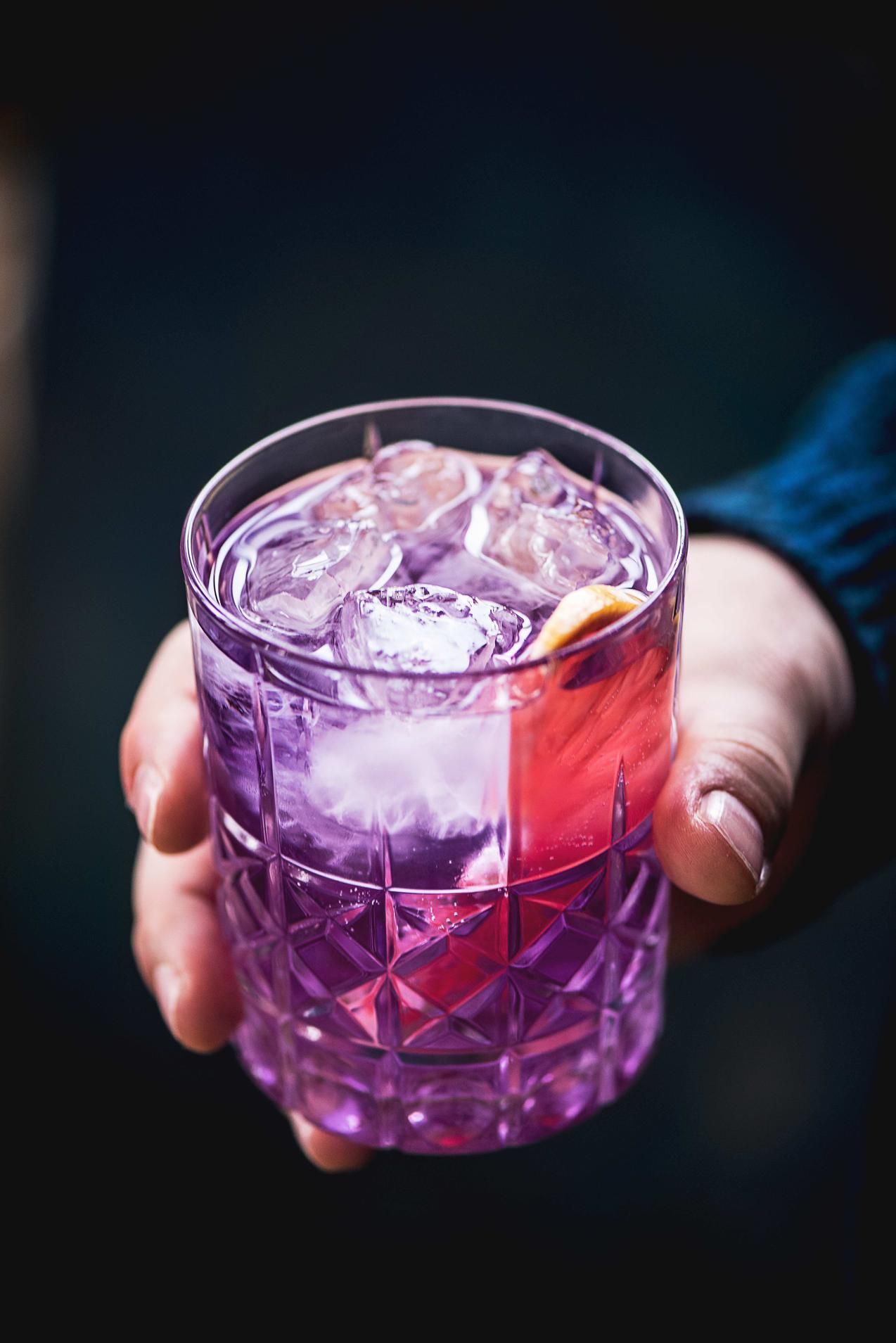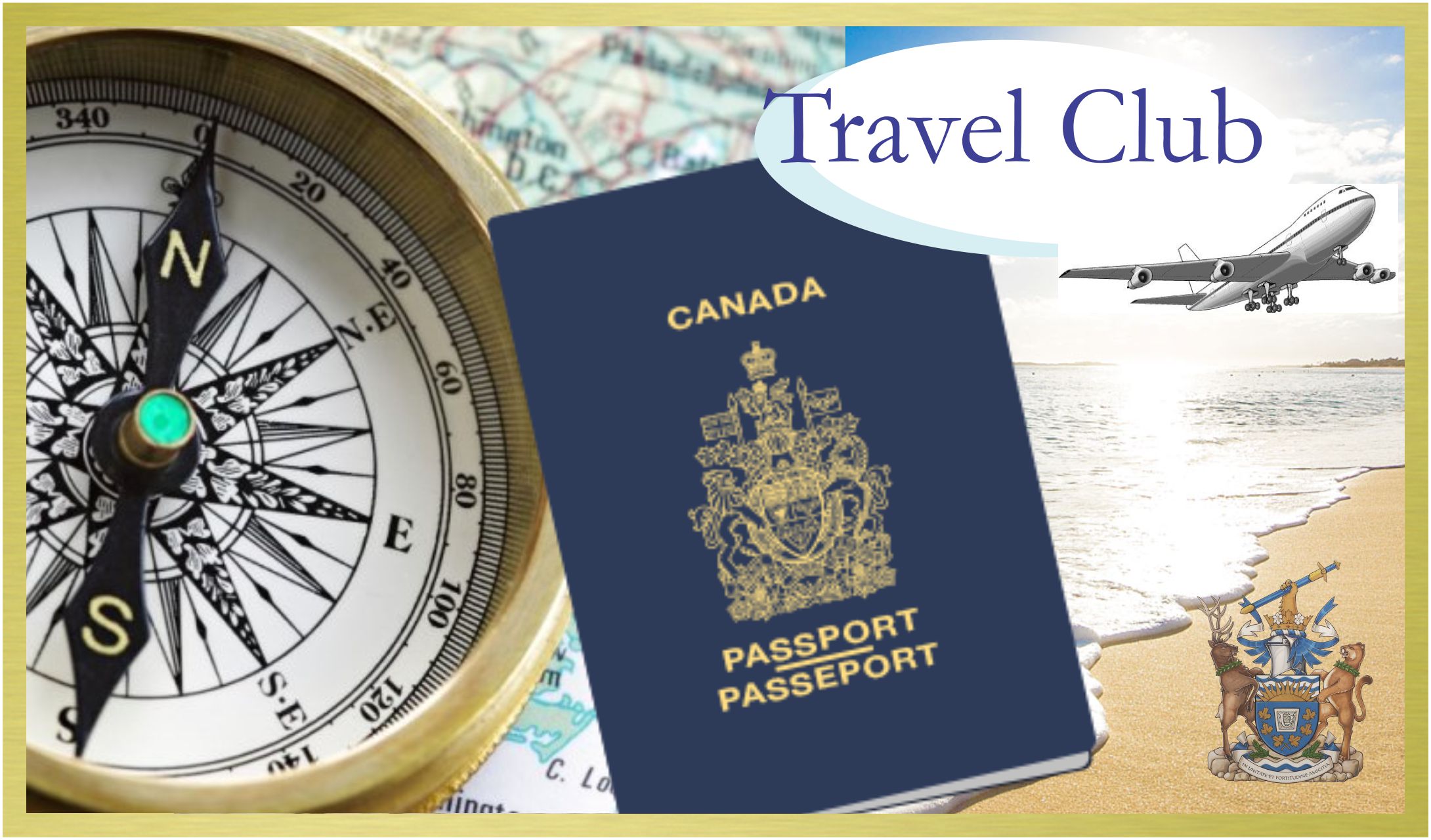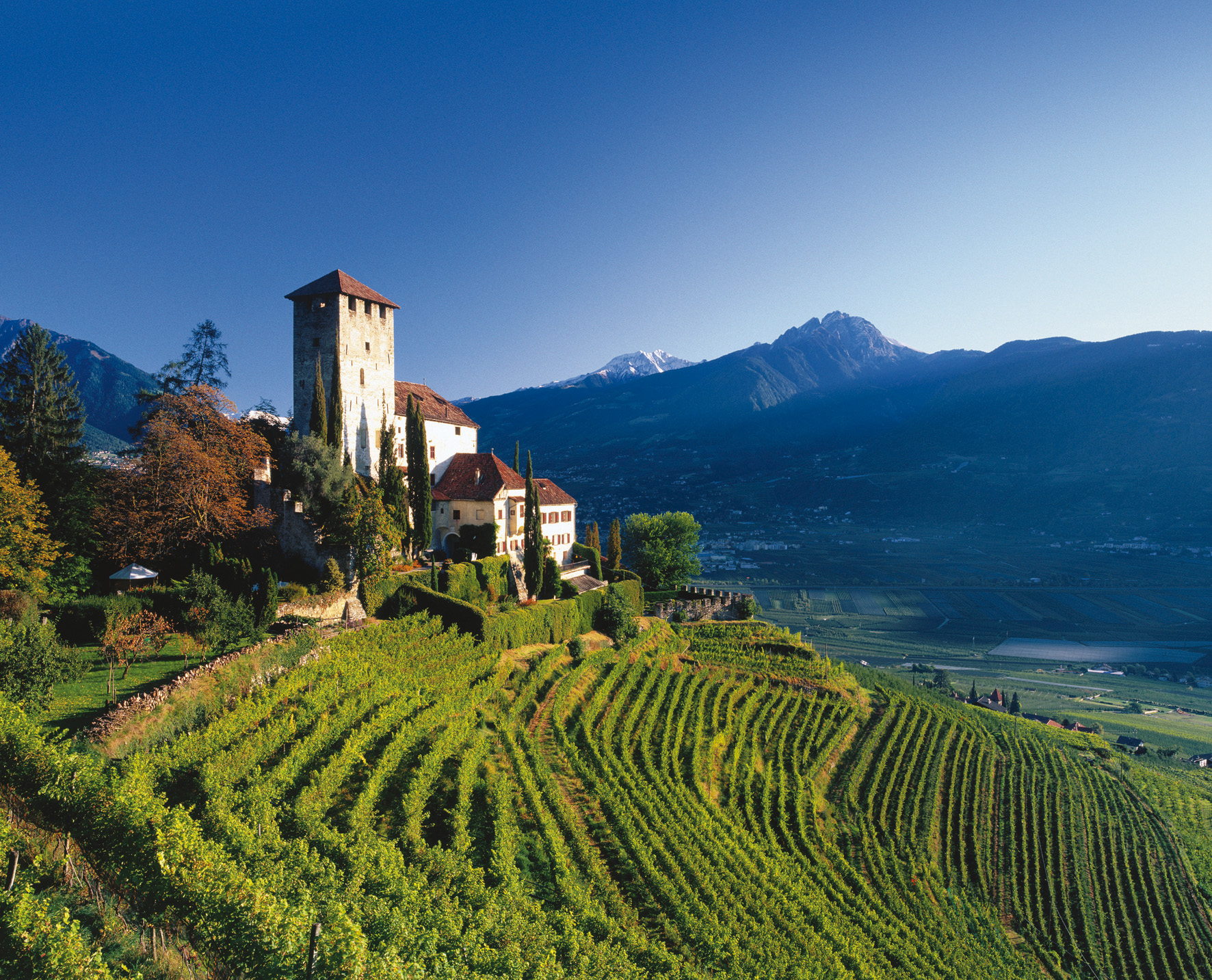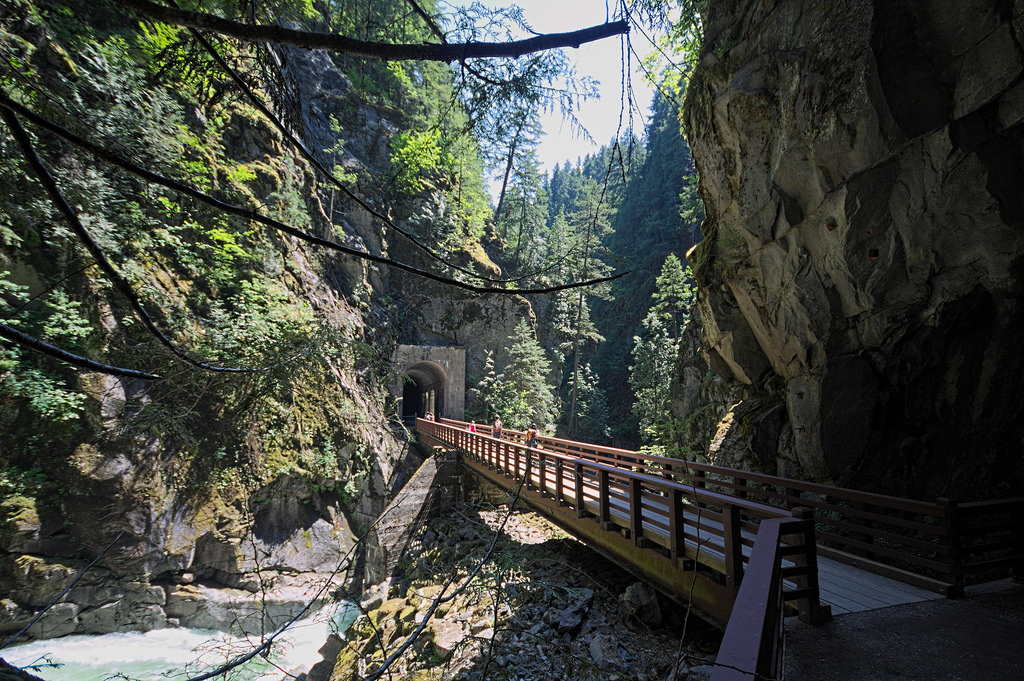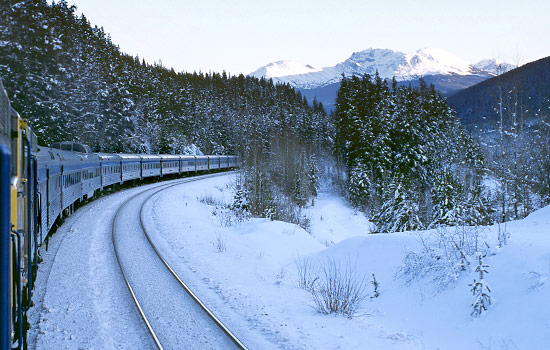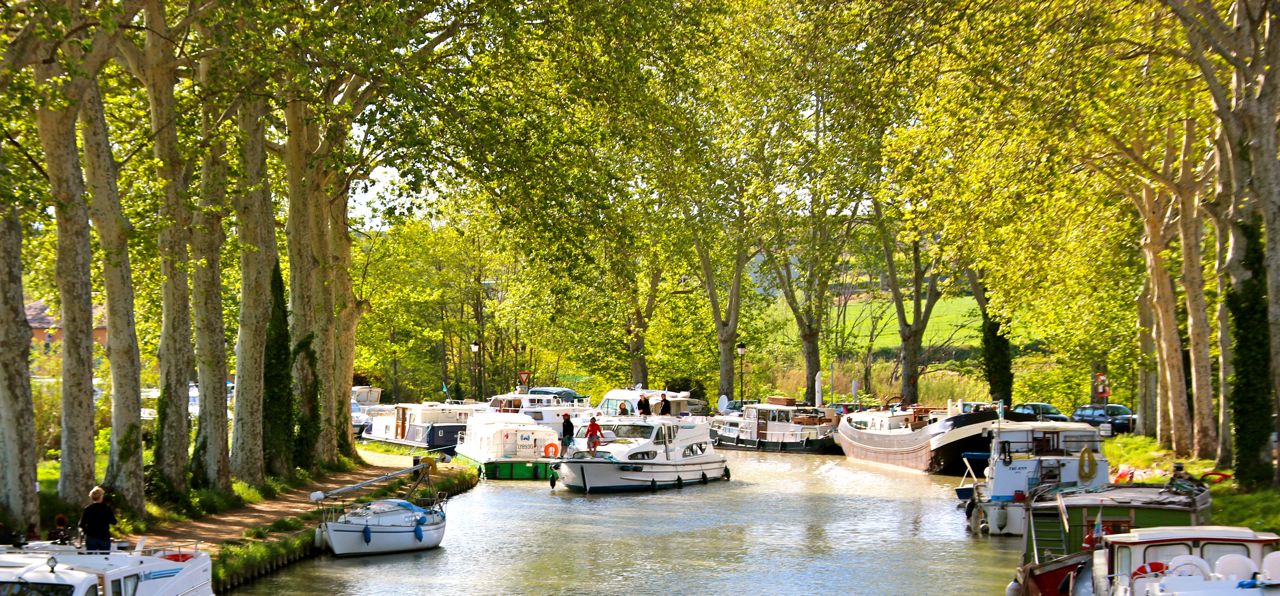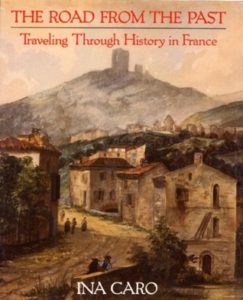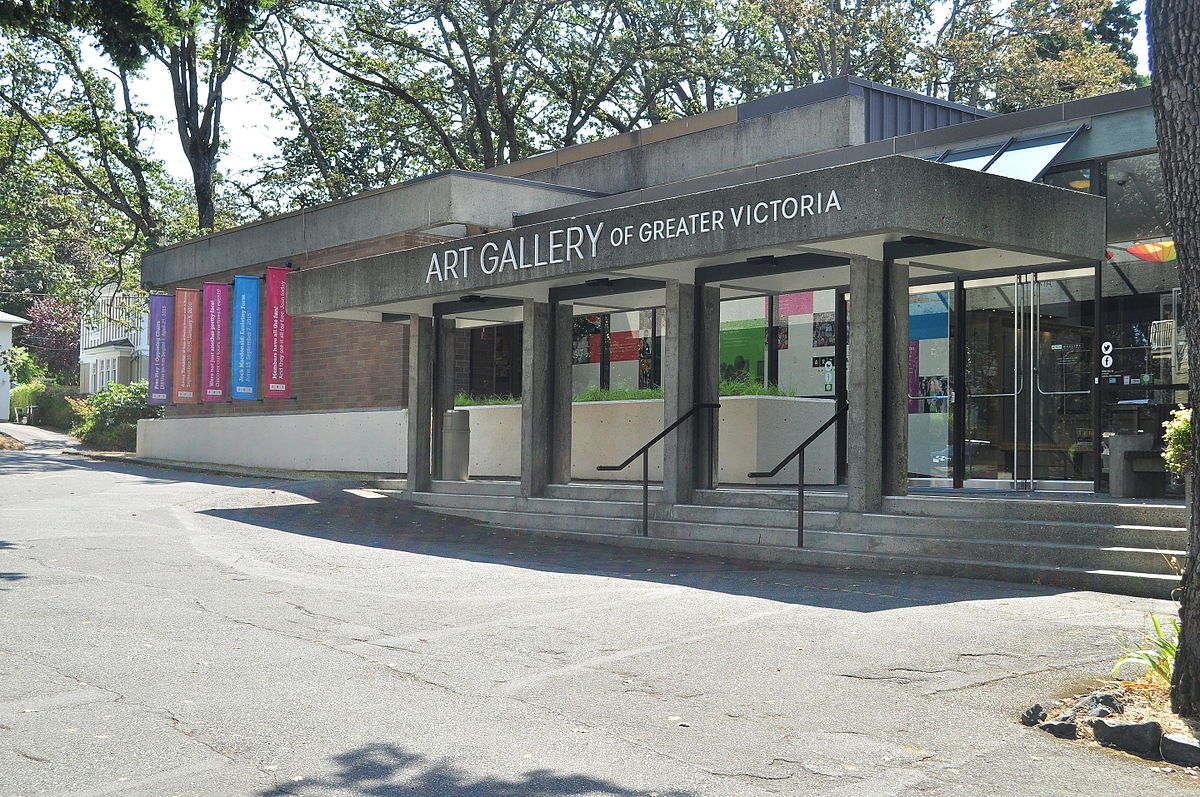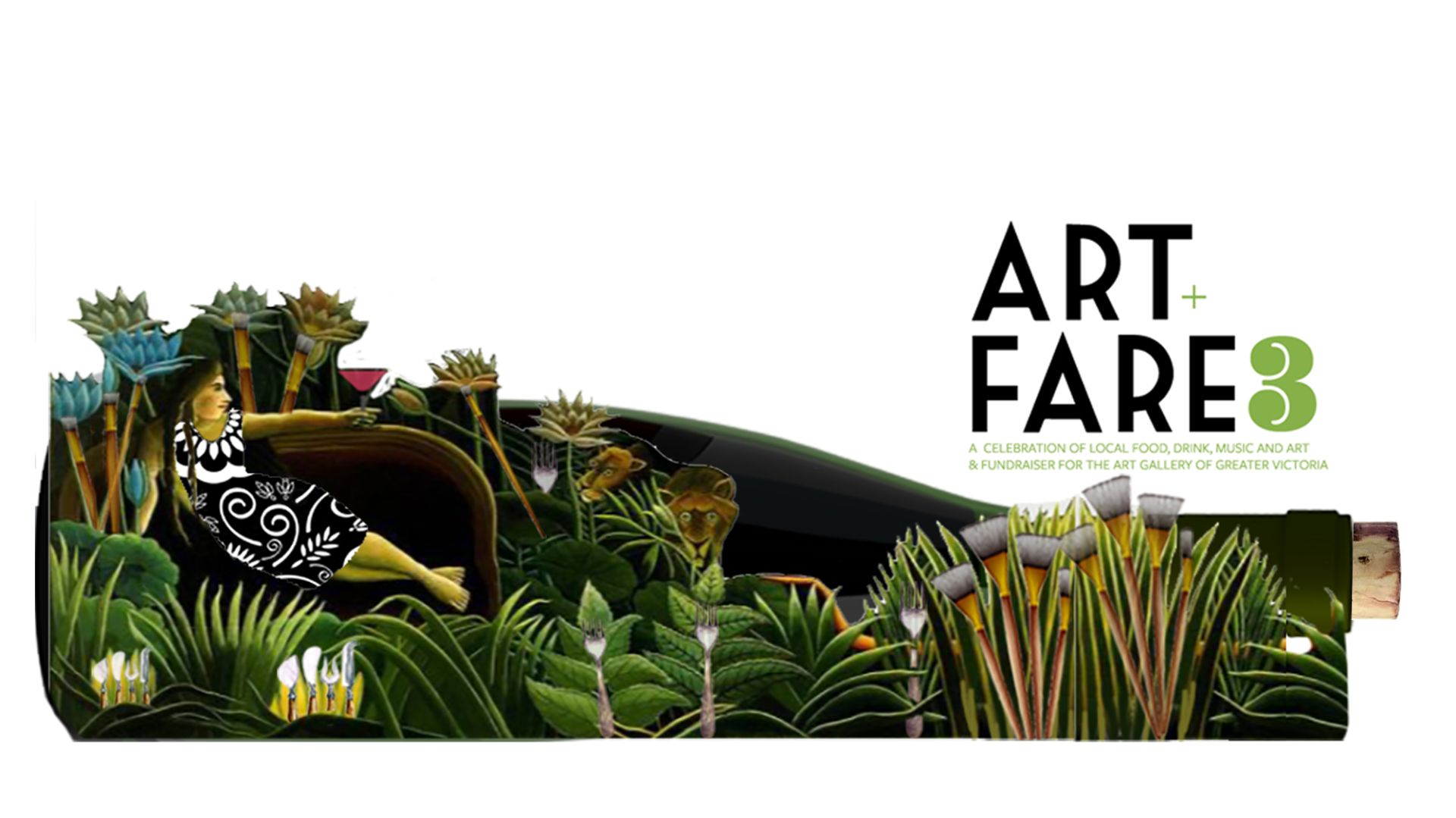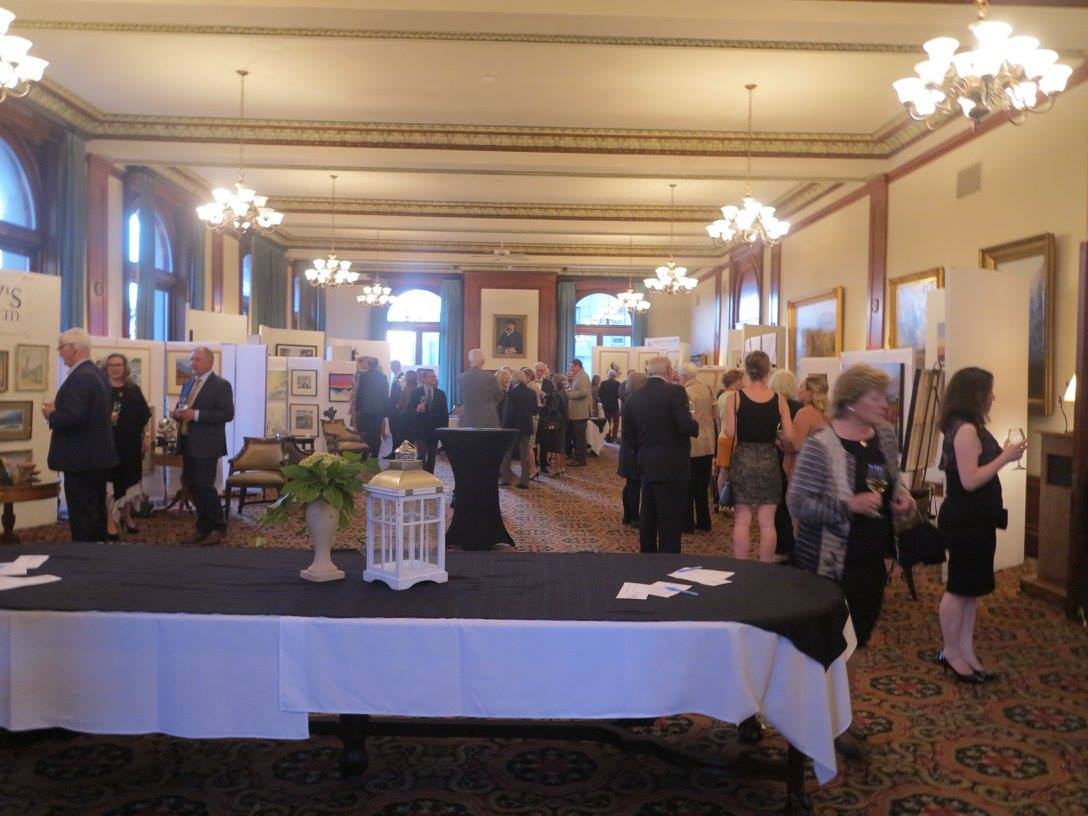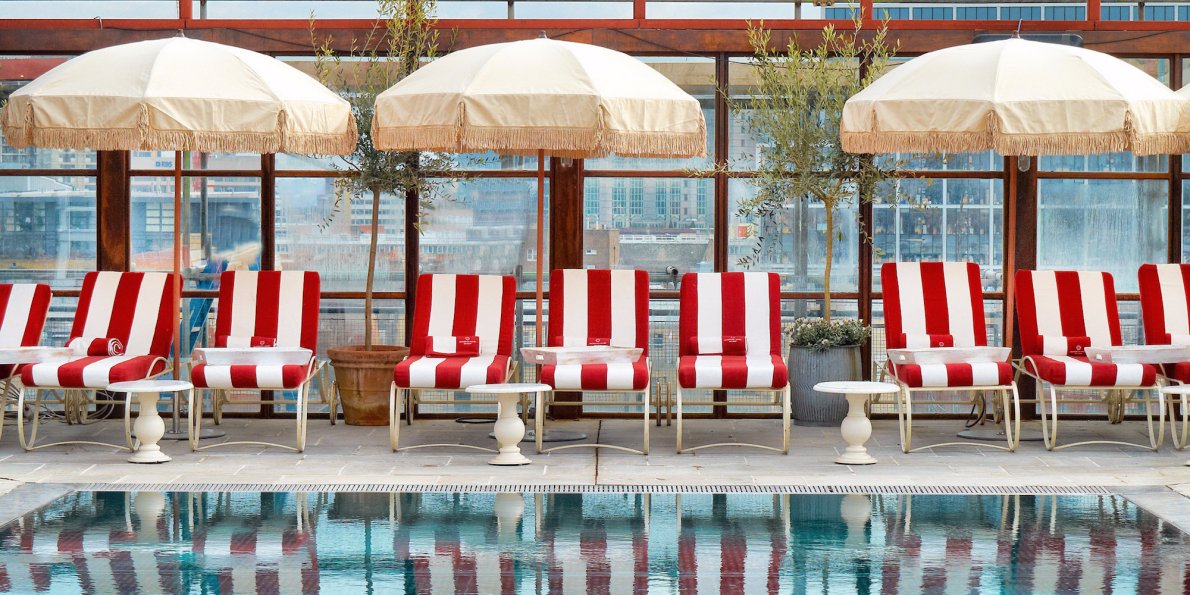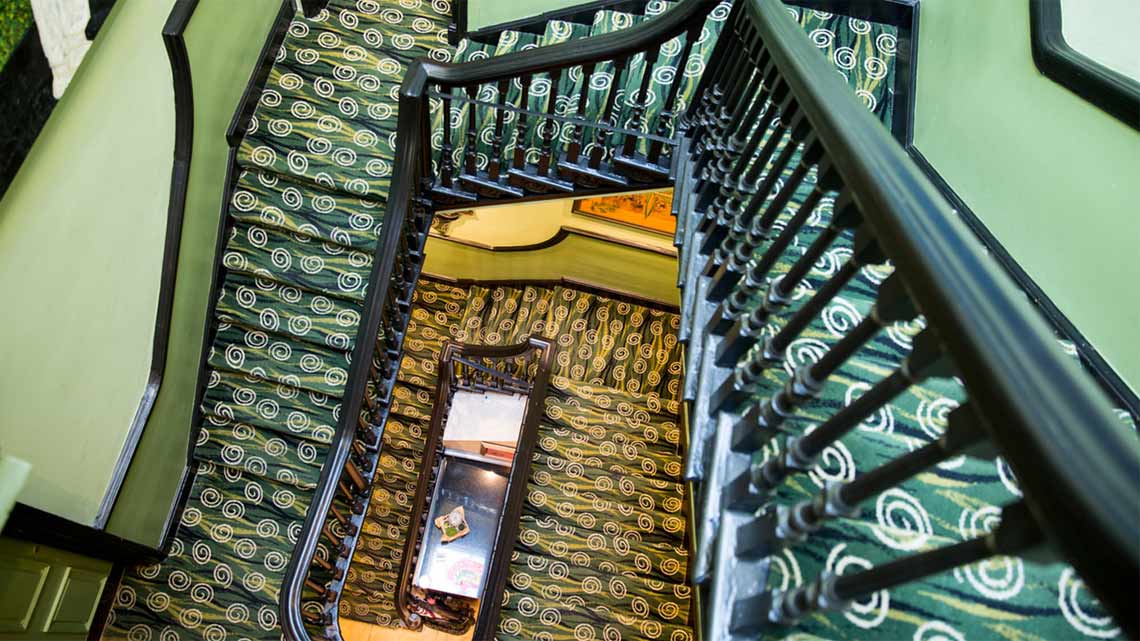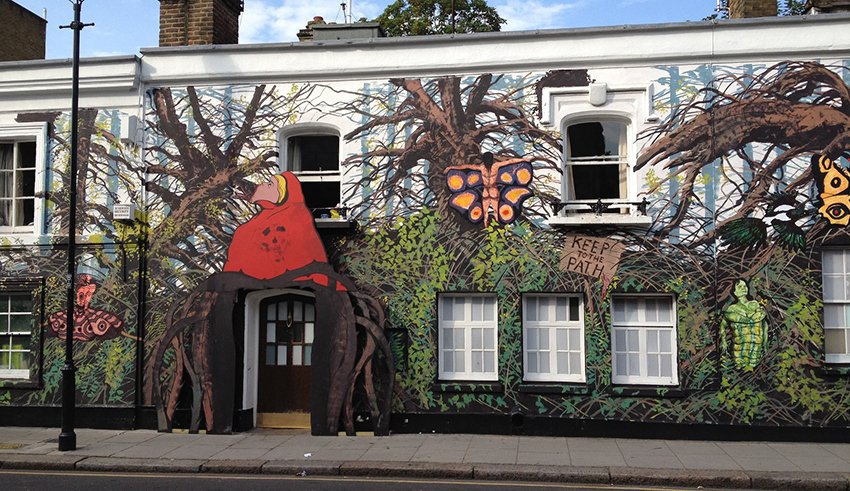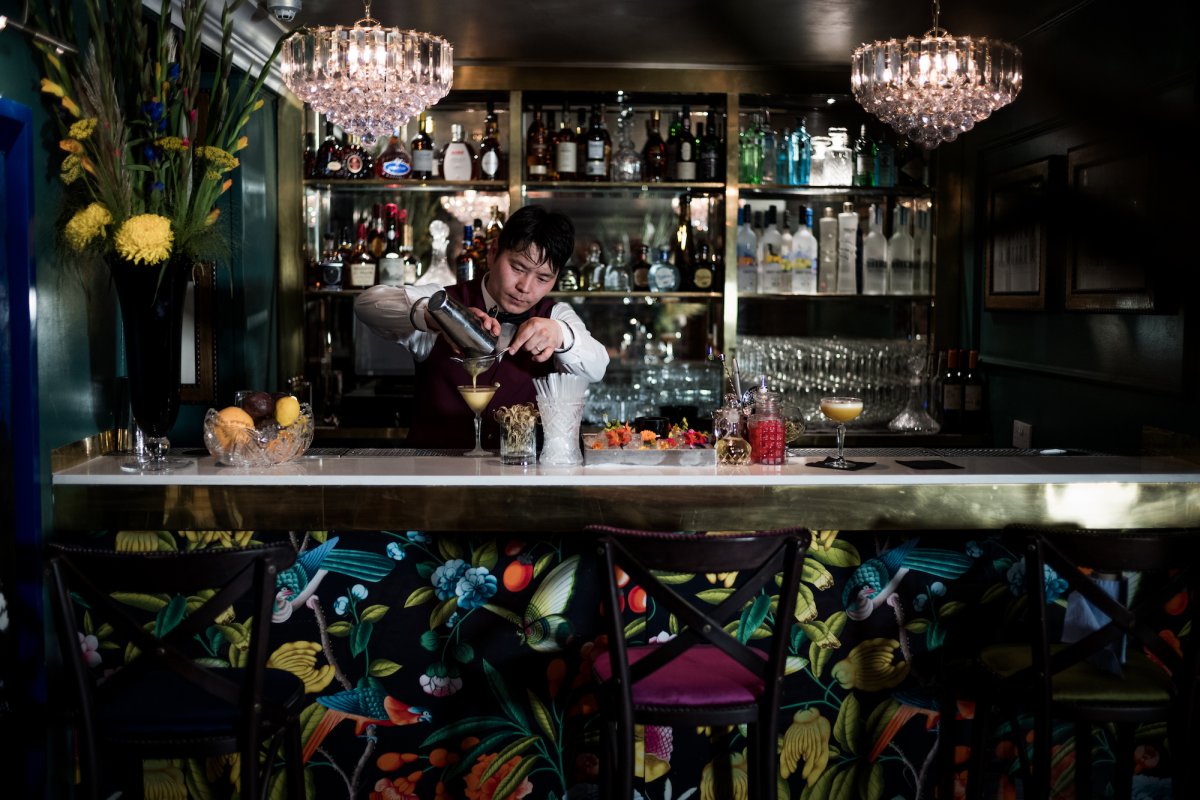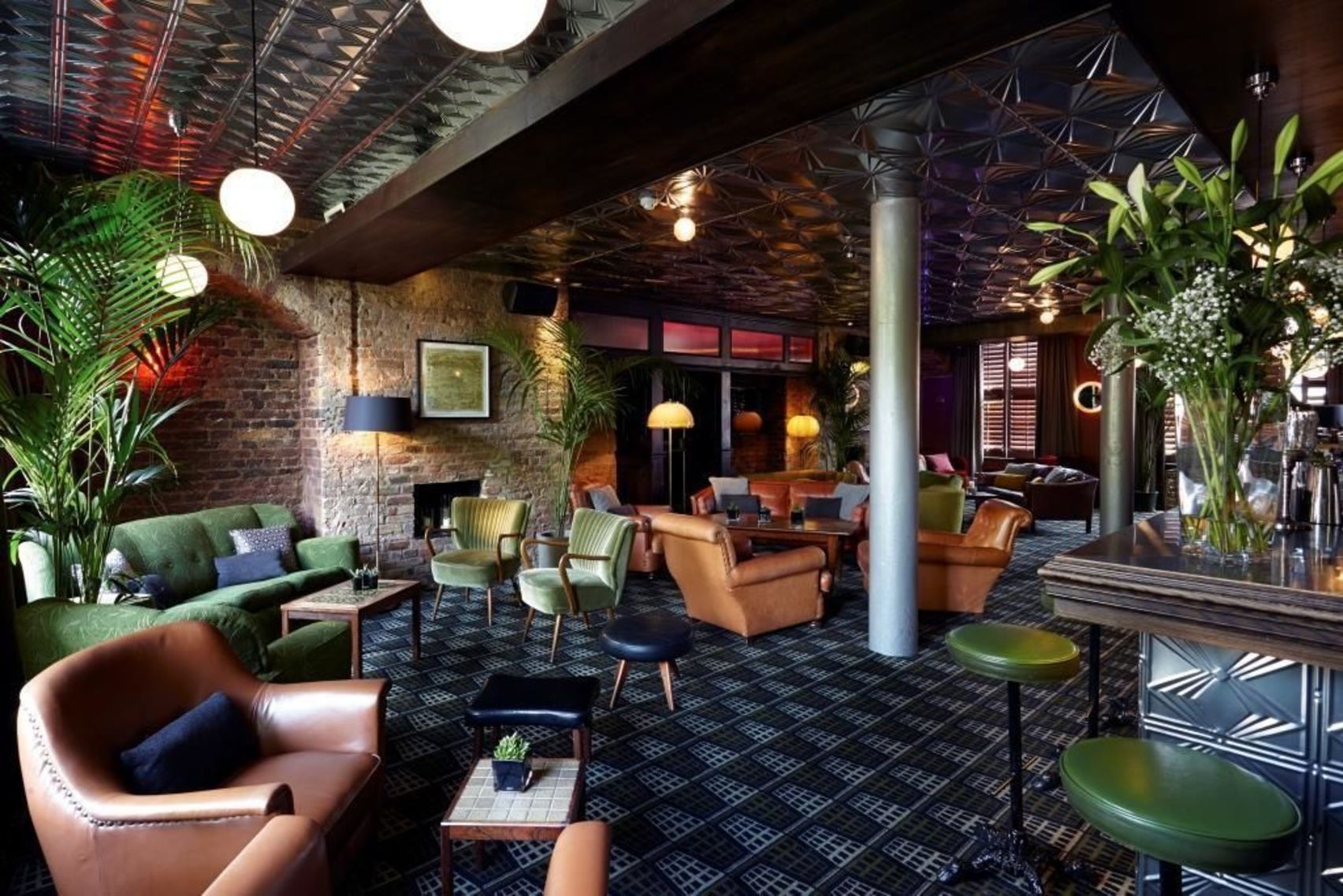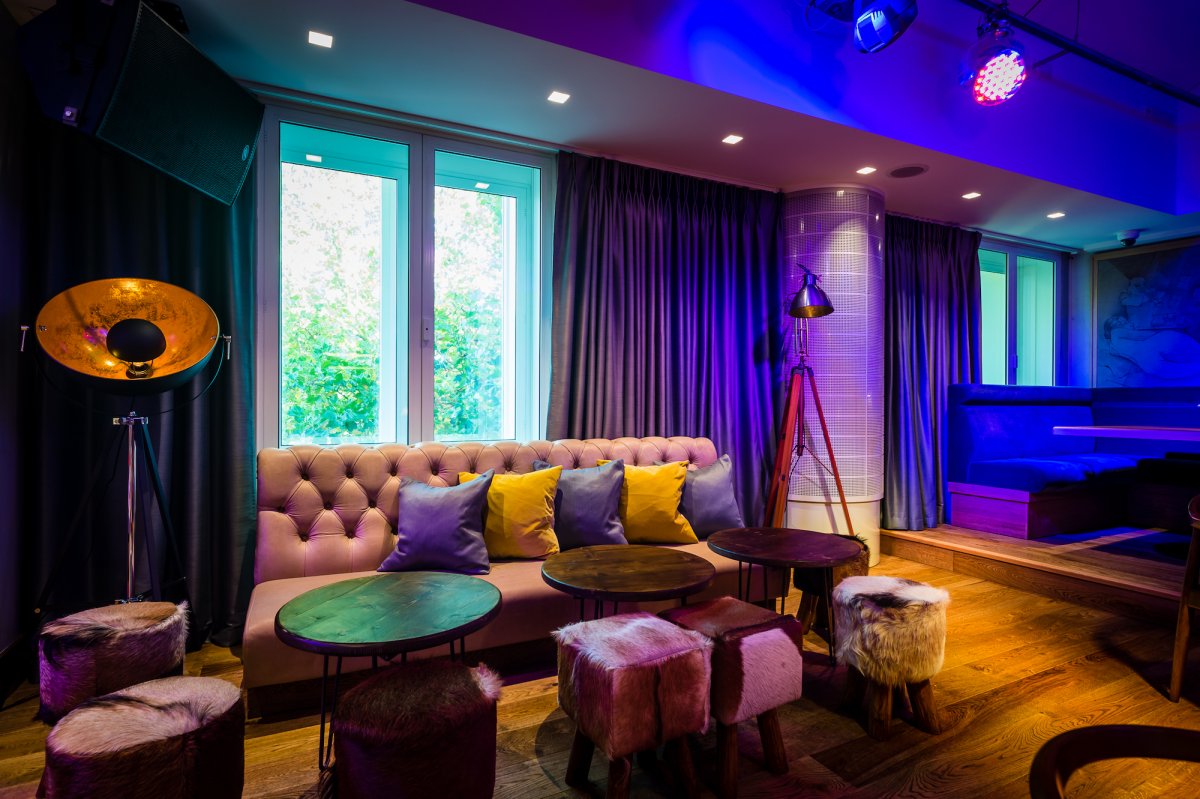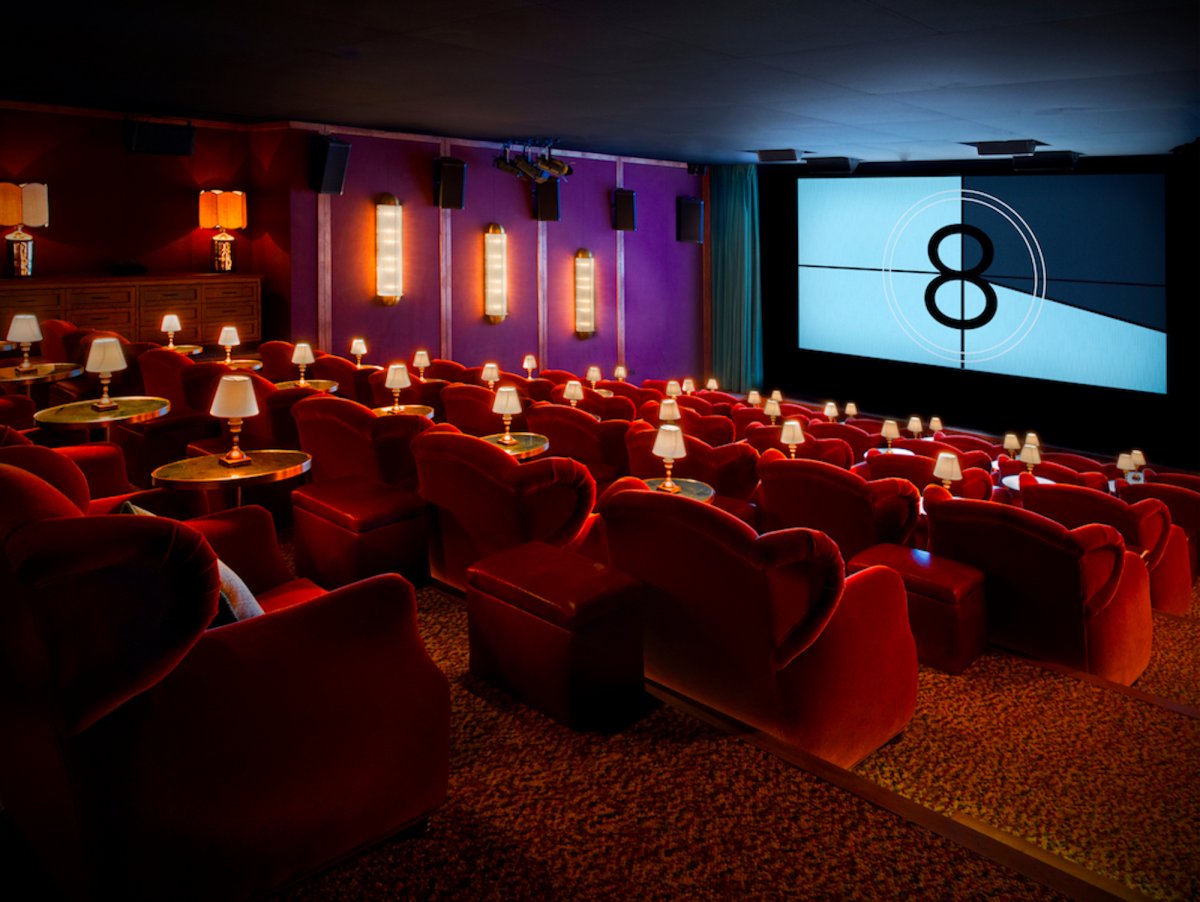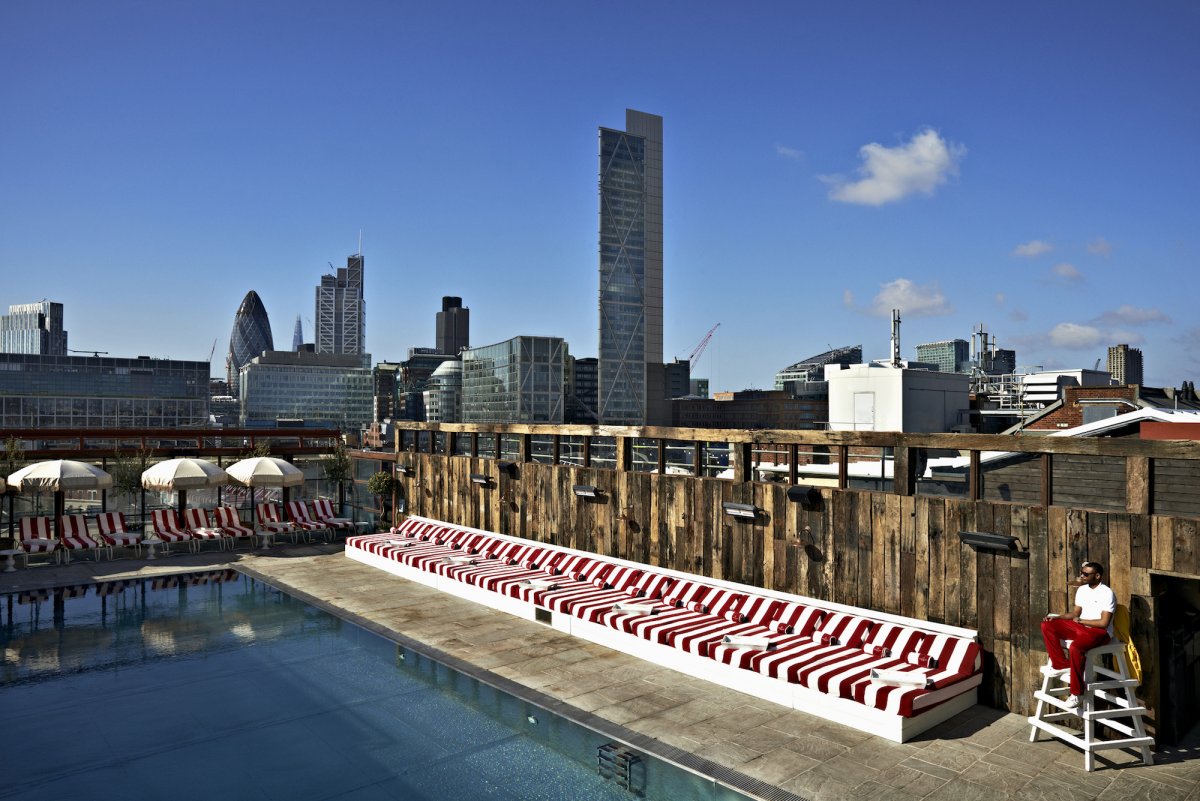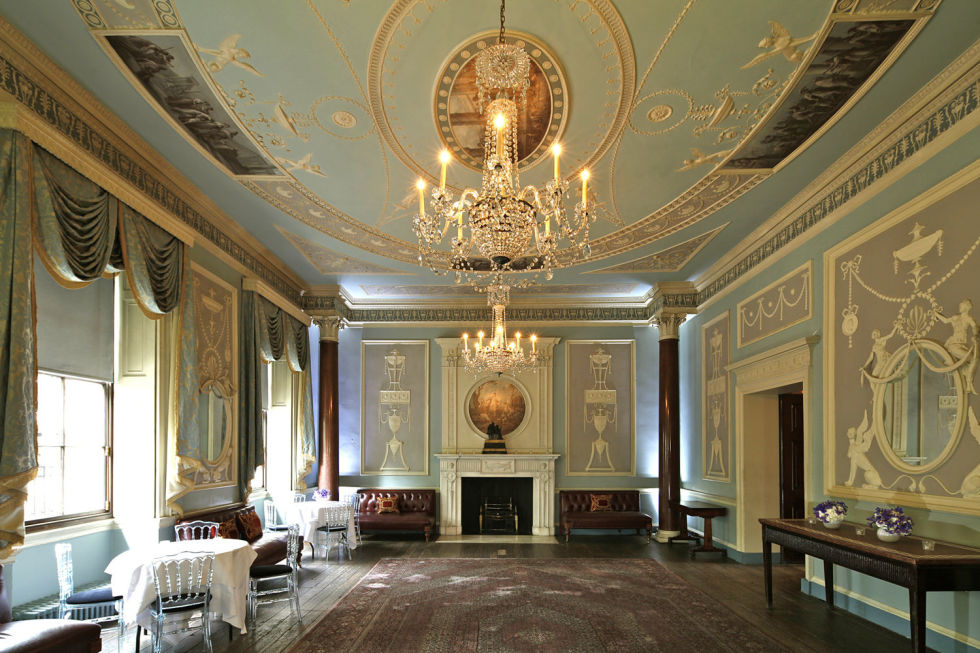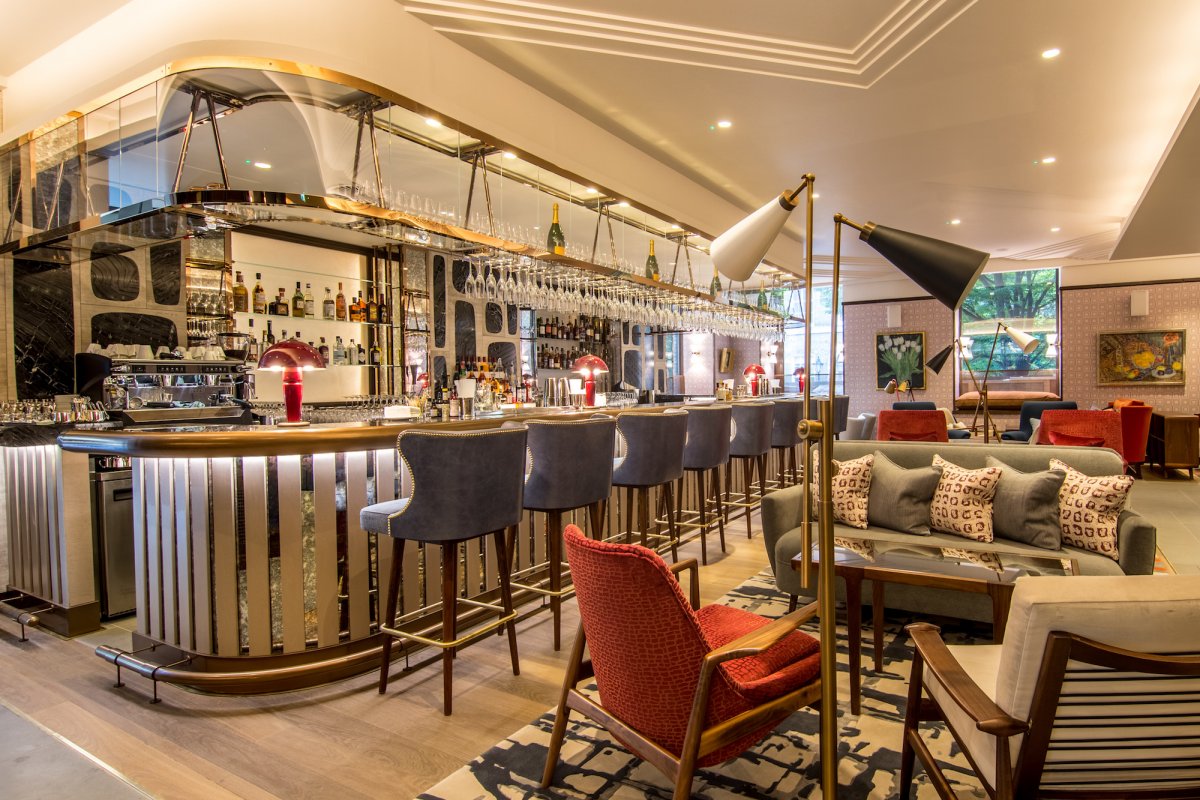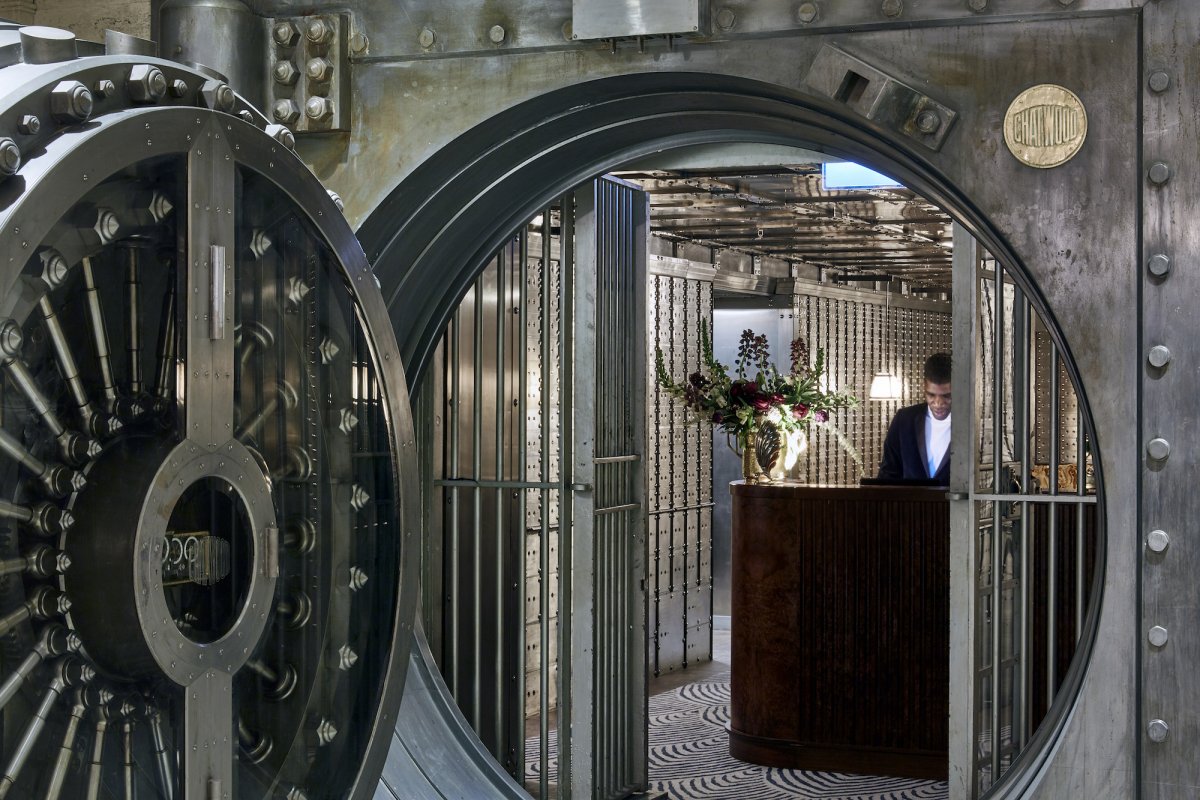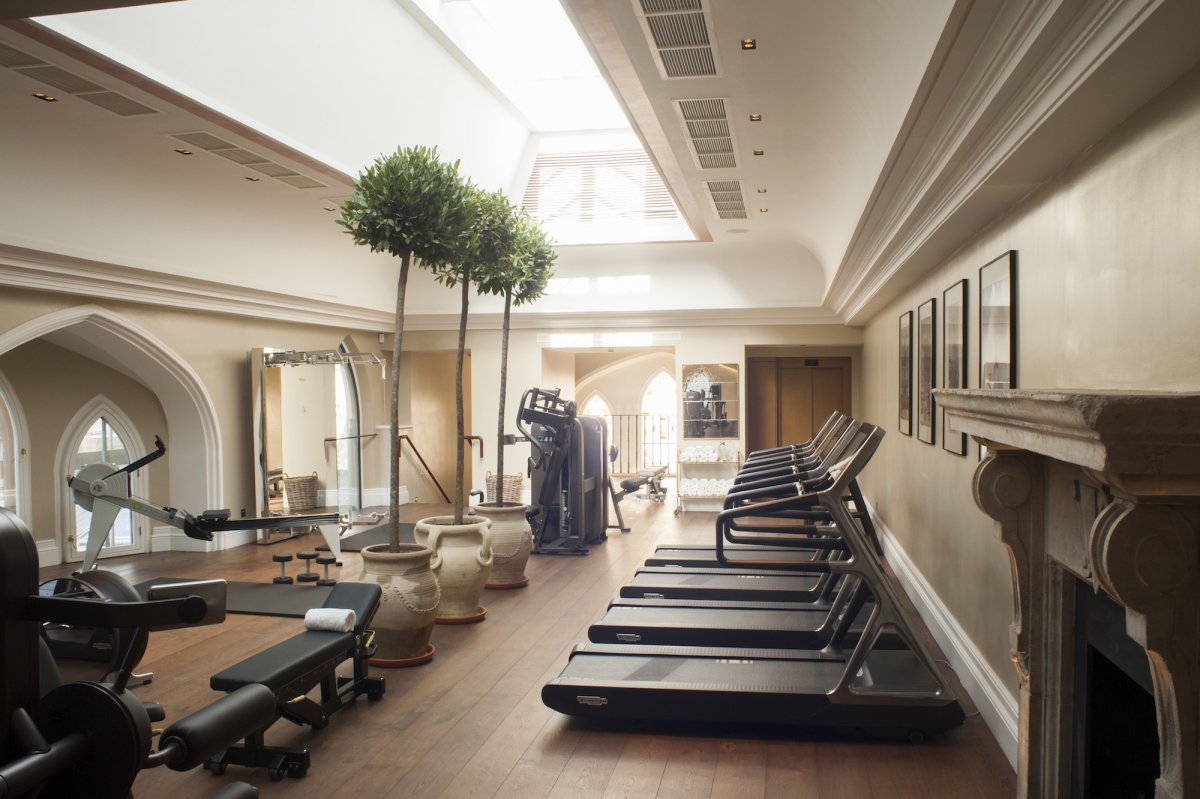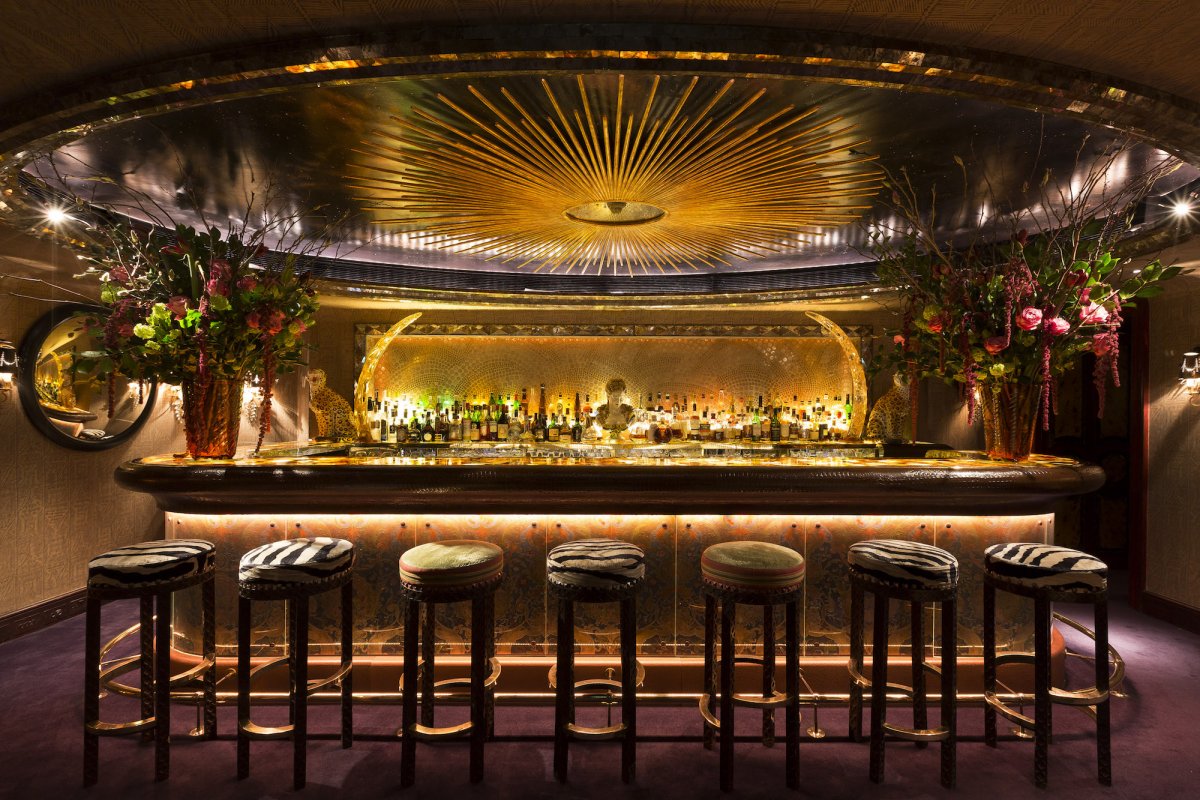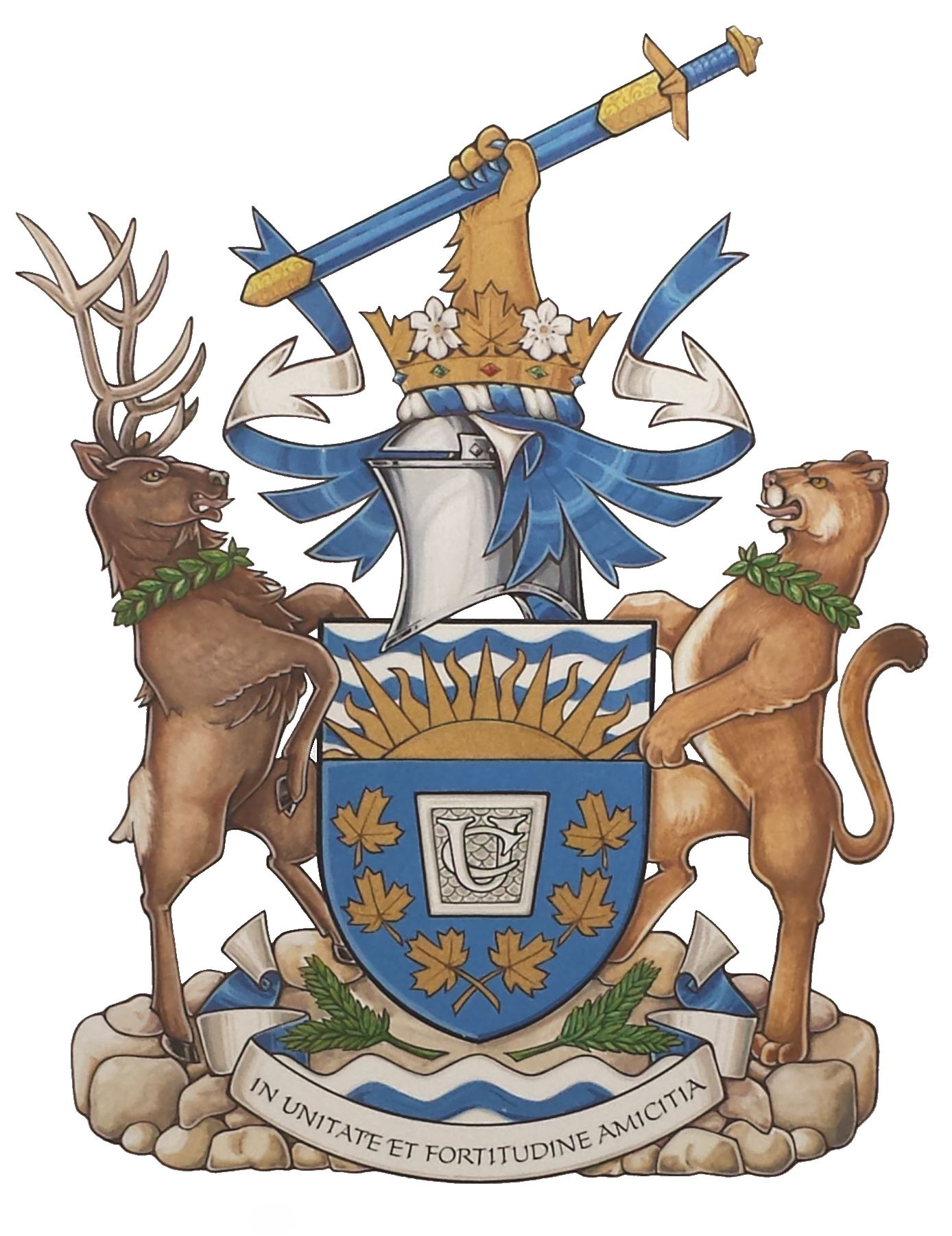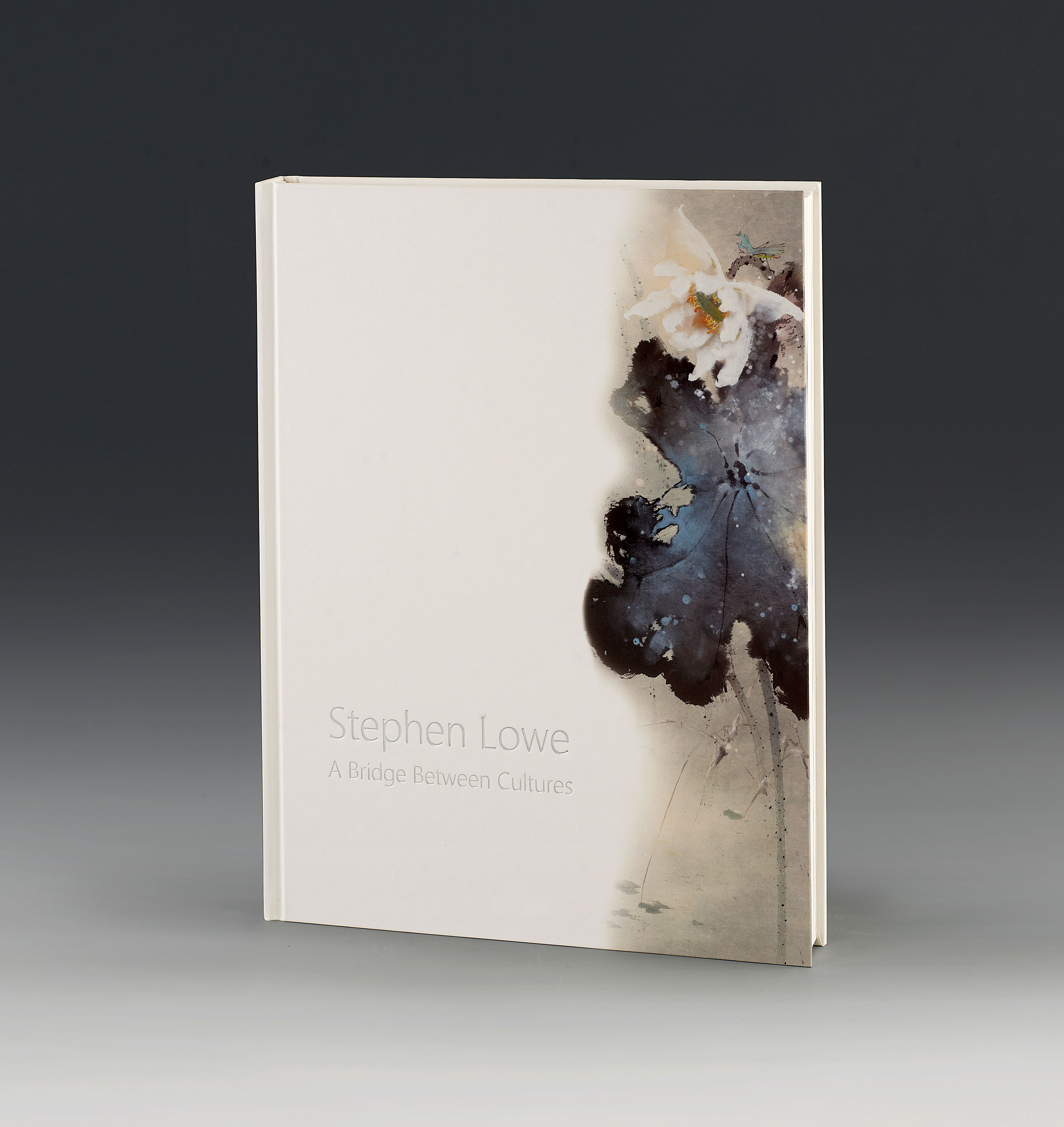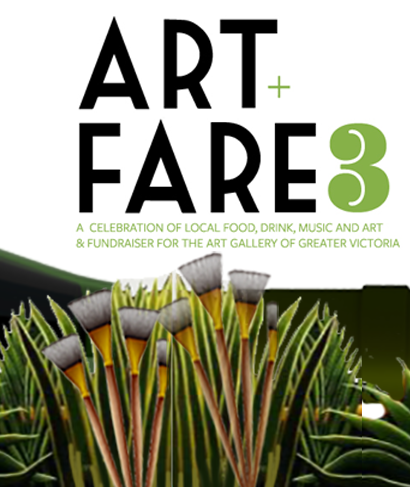The following article recently appeared in The New York Times:
On lush Vancouver Island, this urban jewel offers innovative restaurants, gorgeous parks and gardens, and museums that celebrate the area’s many cultures.

The Inner Harbour, with the majestic Parliament buildings in the background. Credit Ema Peter for The New York Times
This compact, eminently walkable city, set amid the breathtaking beauty and bounty of Vancouver Island, is lauded as one of the world’s top smallurban destinations. Beyond the picture-perfect downtown waterfront, British Columbia’s capital is an exhilarating blend of cultures, from Canadian and First Nations to Chinese and European (especially British). There are three universities, thriving arts and cultural institutions, significant historic preservation, a celebrated local food scene and Canada’s mildest climate: That means year-round forest visits, biking and golf; gardens galore (daffodils in February); even beehives downtown (at the Fairmont Empress hotel; atop the Harbour Air floating terminal). There is wildness too: “bear jams” disrupting traffic, cougar sightings and soaring eagles, towering ancient trees, log-strewn beaches and distant snowy peaks.
Friday
1) 3 p.m. EARLY DAYS
The blocks north of the Empress and west of Douglas Street, including Chinatown, comprise the Old Town. Start at Bastion Square and Wharf Street, overlooking the harbor, where James Douglas founded Fort Victoria in 1843 as an outpost of the Hudson’s Bay Company. This area became the heart of commerce, industry and government, swelling in size after the 1858 Fraser Gold Rush drew thousands of immigrants. Next to the Old Victoria Customs House is a grassy overlook with a display telling the history of British settlement and the indigenous Lekwungen people. Check out the lively Bastion Square pedestrian area of shops, restaurants and cafes, music and markets; then, on Government Street, browse through Munro’s Books, situated in a century-old bank, and founded in 1963 by the Nobel Prize-winning Canadian writer Alice Munro and her then-husband. Detour through Trounce Alley (note the 125-year-old gaslights), then walk east on Fort Street to La Taqueria to snack on Mexican tacos amid festive music and colorful tiles. A juicy carnitas taco with pickled red onions and salsa is 3 Canadian dollars, or about $2.35, and a Baja fish taco with cabbage, salsa and chipotle mayonnaise is 6 dollars; wash it down with Mexican fruit soda or local beer.

Munro’s Books, situated in a century-old bank, is a book lover’s paradise. Credit Ema Peter for The New York Times.
2) 6 p.m. ON THE WATERFRONT
The Inner Harbour is where seaplanes, water taxis, kayak outfitters, whale-watching tours, restaurants and festivals can all be found. Sit under the trees and watch the boats and passers-by; then head to the chateau-style Fairmont Empress, one of several luxury hotels built across Canada by the Canadian Pacific Railway Company at the turn of the century. Don’t miss the Q restaurant and bar, with its coffered ceiling, gold and purple accents and portraits of Queen Victoria. An elaborate British tea is served daily in the spacious lobby. The nearby majestic Parliament buildings were erected in 1898 to boost the capital’s profile after Vancouver became the railway’s western terminus. Open daily for touring, they are spectacularly illuminated at night. Thunderbird Park on Belleville Street is a quiet spot among the trees, where a regional First Nations house and totem poles were recreated by the Kwakwaka’wakw master carver Mungo Martin in the 1950s.
3) 8 p.m. THE ART OF DINING
Stepping inside Little Jumbo feels like a warm embrace: The exposed brick, aged wood and glowing copper ceiling take you back in time. The restaurant, which has received accolades for everything from design to food and drinks, is a homage to two New York City saloon owners in the 1860s who championed the art of dining and mixology. Dinner for two — try the warm Halloumi cheese salad, spicy Fernet-roasted nuts and grilled lingcod — including choice British Columbian wines, costs about 131 dollars.
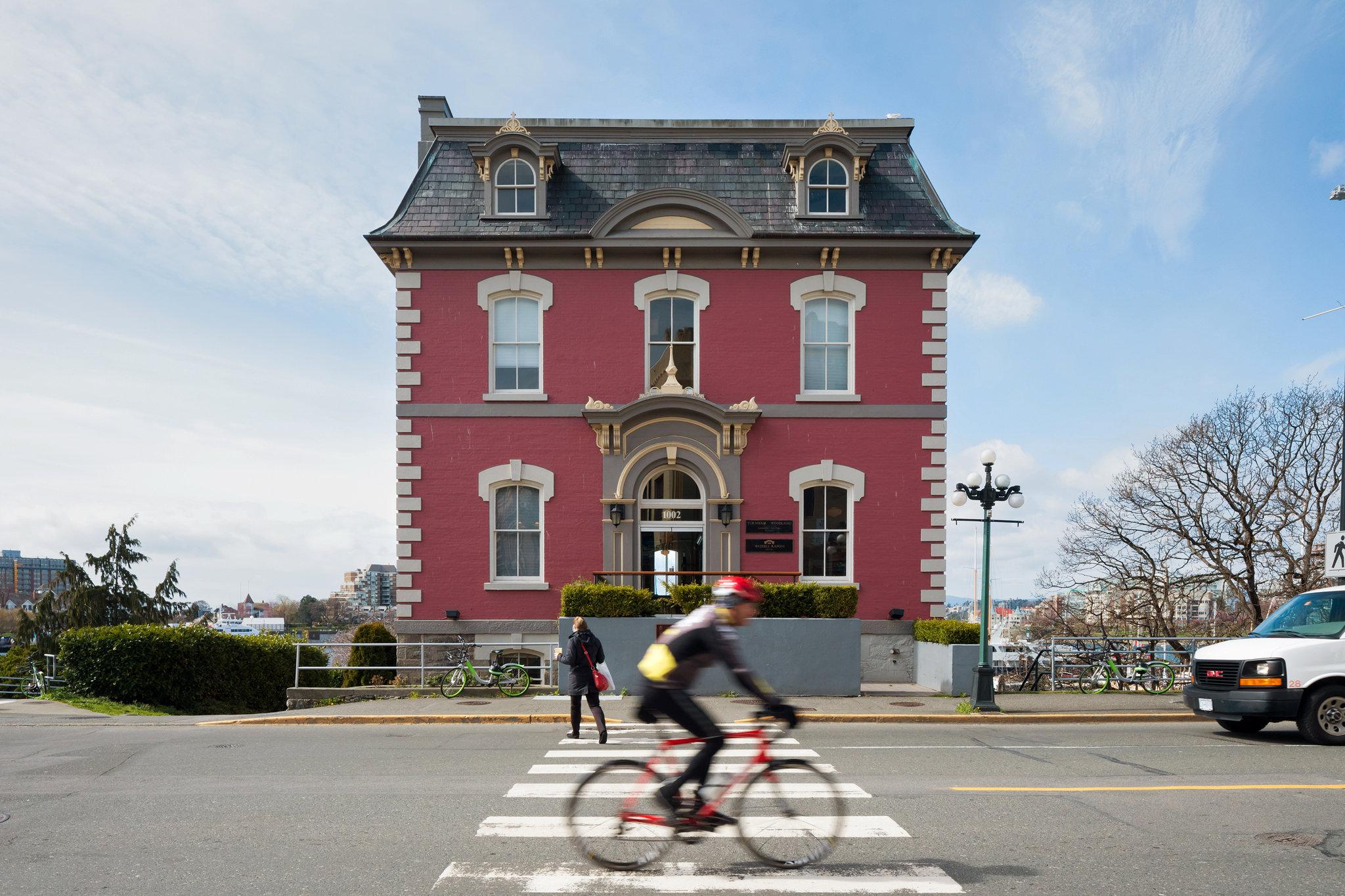
The 19th-century Old Victoria Customs House exemplifies the Second Empire architectural style. Credit Ema Peter for The New York Times
Saturday
4) 9 a.m. URBAN OASIS
Fol Epi bakery is known for its wild-yeast breads, made from milled-on-site organic flours and baked in brick ovens. Choose from an array of loaves, pastries and quiches, then think ahead to a packable lunch of sandwiches. Walk down Douglas Street to Beacon Hill Park: This 200-acre oasis is to Victoria what Central Park is to New York City. The landscape varies from manicured and natural gardens to forest, swampland, lakes, Garry oaks and camas fields (originally planted by the Lekwungen, who harvested the edible bulbs), and includes a children’s farm and a 127-foot totem pole. Great blue herons nest in the towering firs and peacocks strut; relax and listen to birds fussing and fountains gurgling. Make time to tour the nearby Emily Carr House (6.75 dollars); the Victoria-born painter of forests and First Nations scenes spent her childhood gamboling in the park.
5) Noon. ALONG DALLAS ROAD
This scenic stretch on the southern shore of the city, from Fisherman’s Wharf to beyond Ross Bay Cemetery, draws walkers, joggers, bikers and dogs. Have a picnic, clamber down to the beach or simply marvel at the water views and roadside homes. Start at Ogden Point, where interpretive kiosks tell about the Breakwater and the Unity Wall murals painted on both sides, depicting Coast Salish First Nations culture. Walk out to the lighthouse, watching for sea otters and seals. Farther east, past Clover Point, cross the road to Ross Bay Cemetery. This rambling, peaceful resting place of many of Victoria’s notable citizens is also where you’ll find some of the city’s oldest heritage trees, cuttings from which were planted all over the young city (see treesofvictoria.com). Look for deer lying on the spongy grass among the weathered obelisks, statuary and stones in this wondrous place.

Seven modern gallery spaces adjoin an 1889 mansion to form the Art Gallery of Greater Victoria. Credit Ema Peter for The New York Times
6) 2 p.m. TO THE GARDEN
From the cemetery, head to the exquisite Abkhazi Garden, tucked away on a quiet block behind rhododendrons and Garry oaks. The tranquil gardens, with their several distinct outdoor “rooms,” were designed to harmonize with the rocky glacial outcroppings and native trees on the hilly property, which includes rock ponds (with mallards and turtles) and the 1950s Modernist summerhouse and former home (now teahouse) of the couple whose love story started it all. Suggested fee: 10 dollars (includes guide).
7) 4 p.m. AFTERNOON ART
At the Art Gallery of Greater Victoria, seven modern gallery spaces adjoin an 1889 mansion that once served as the museum. On permanent display are works by Emily Carr and an impressive Asian collection and garden — second only to that of the Royal Ontario Museum. There are amber and ivory carvings, a Japanese Shinto shrine, and a Chinese Ming dynasty bell presented to Victoria in 1903. Admission is 13 dollars.
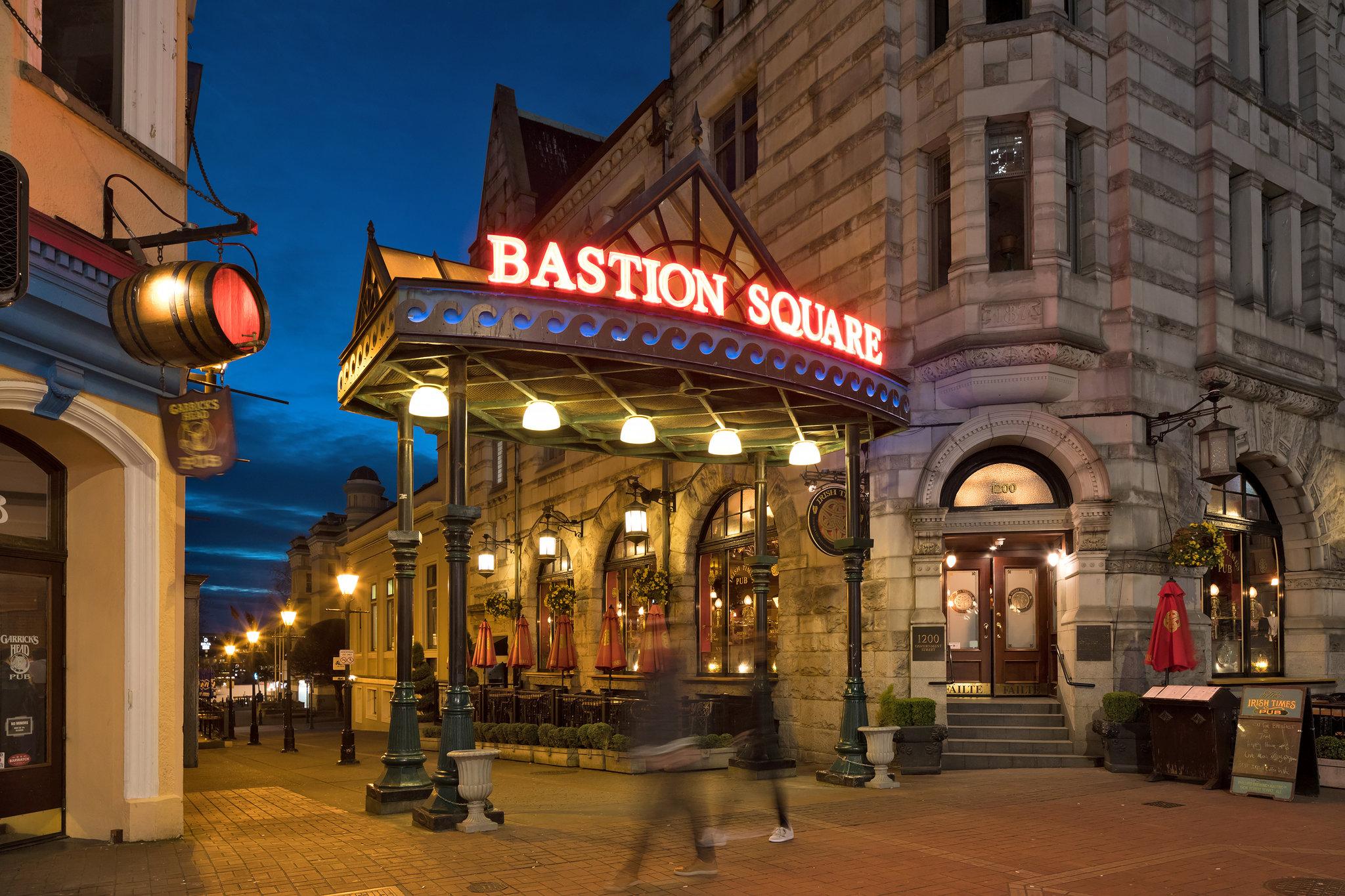
The Bastion Square pedestrian area is filled with shops, restaurants and cafes. Credit Ema Peter for The New York Times
8) 6 p.m. CHINATOWN
The 19th-century gold rushes and Canadian Pacific Railway construction drew thousands of Chinese immigrants to Victoria, where they settled above Johnson Street. Today, Canada’s oldest Chinatown is a National Historic Site, a small, colorful (especially red, for luck), vibrant community of narrow streets and alleyways, shops and restaurants, beyond the resplendent Gates of Harmonious Interest. The Victoria Chinese Public School, built in 1909, is still used to teach Chinese language classes. Climb the stairs to the top floor of the Yen Wo Society building to see the oldest active Chinese temple in Canada, honoring the sea deity Tam Kung.
9) 8 p.m. DOWN TO EARTH DINNER
Olo (meaning hungry in Chinook) serves up serious farm-to-table fare with a nod to the region’s cultural diversity. The space is comfortable and rustic, with warm light emanating from hanging spheres of loosely wound wooden strips. A recent meal included crisp Hakurei turnip salad, garganelli pasta with a meaty sauce, and a dreamy dessert (rhubarb, salmonberries, elderberry ice cream, fennel macaron), with local wine (about 140 dollars for two).
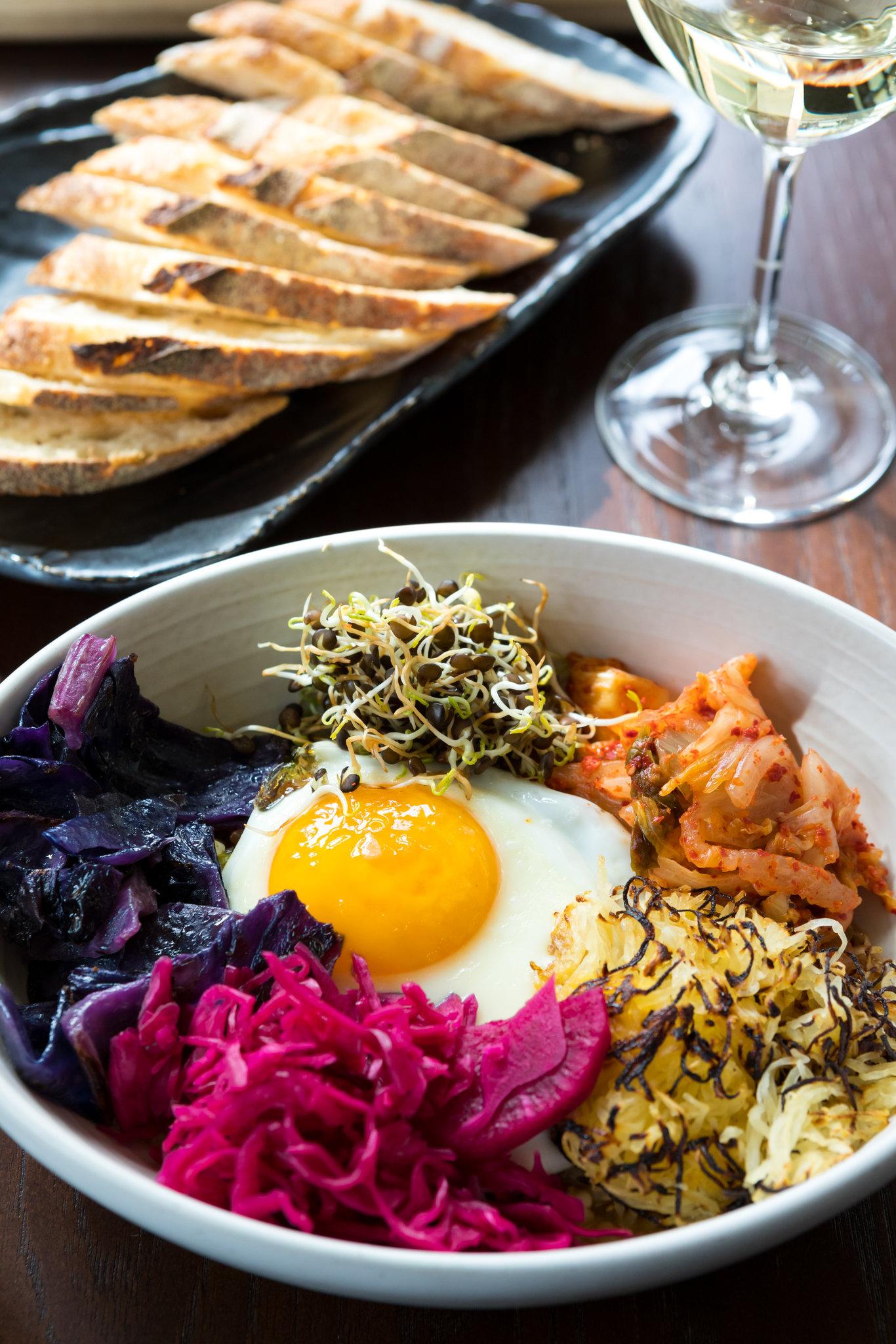
Agrius, which opened in 2016, is known for its organic, local menu. Credit Ema Peter for The New York Times
Sunday
10) 9 a.m. BRUNCH FOR BREAKFAST
When it opened in 2016, Agrius garnered rave reviews for its organic, local menu. Now the restaurant serves brunch, with hearty buckwheat and rye pancakes, egg dishes (cured salmon scramble with fennel, capers and cream cheese), house-made lamb sausage and pork belly, kale and mushroom Benedict, vegetable pâté, even fried oysters (9 to 21 dollars). In fine weather there is pleasant outdoor seating along a pedestrian way.
11) 11 a.m. ROYAL BC MUSEUM
You could spend hours in this stellar repository of natural and human history, with its singular collection of British Columbia First Nations archaeological materials, as well as provincial archives. The First Peoples gallery includes a totem hall and ceremonial house, an interactive language display and a collection of Argillite (black shale) carvings from Haida Gwaii, while the Old Town recreates period streetscapes and trades — a cannery, hotel, sawmill — even the 1790s ship quarters of George Vancouver. Admission: 17 dollars.
12) 1 p.m. DRIVE UP THE COAST
Beyond the cemetery, Dallas Road takes other names but continues along the dramatic rocky coast through neighborhoods such as upscale Oak Bay, where you’ll find art galleries and British-style pubs and teahouses. Stop at Willows Beach for a walk or a swim, then continue north past the University of Victoria to Mount Douglas Park. You can hike or drive up; either way, the panoramic view is remarkable: across Haro Strait to the San Juan Islands, toward downtown, or across rural Saanich. Hungry again? Head back to town for Foo Asian Street Food, where a hearty, steaming bowl of curried noodle stir fry with pork and shrimp, prepared while you watch, costs 14 dollars. Alternatively, the charming Venus Sophia Tea Room serves organic teas and sweets — Cream Earl Grey with scones, cream and jam costs 14 dollars — and vegetarian lunch items.


